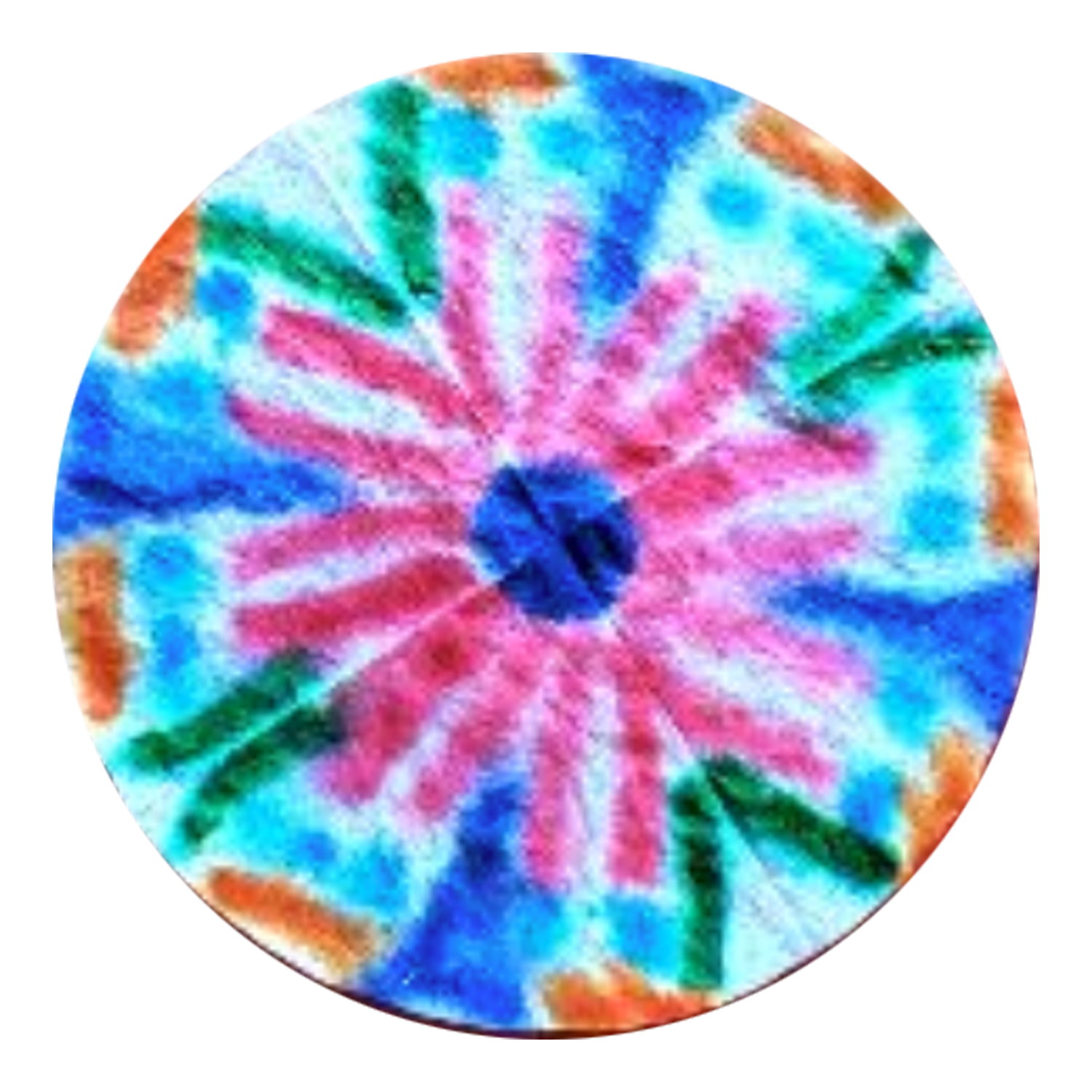Table Of Content

The main idea behind it lies in reflecting two or more sides and keeping the image balanced. However, it is also okay to have slight variations as long as the viewers still get a strong sense of symmetry. They give us a sense of familiarity and stability, and this is why our minds are naturally programmed to find them aesthetically pleasing.
Interesting Ways Work From Home Lifestyle Affected Architects
This type of symmetry occurs when we repeatedly use the same type of visual elements in different parts of the composition. Repetition is what carries the symmetry, and the best example of this type of symmetry is – the fence post. This form of symmetry is perfect for creating sound, speed, and action in your design.
Symmetry vs. Asymmetry - Recalling basic design principles
Thinking critically about the designs is more important than our agreeing about what we think. Because everything radiates from a common center, everything also leads to that center, making it a strong point of attraction. However, if the larger person slid in toward the center, then the seesaw would be balanced again. This image doesn’t feel right because we know the person on the left isn’t big enough to balance the person on the right. The clockwise force should be much greater, and the seesaw should be touching the ground on the right.
Theoretical designing of symmetrical non-fullerene acceptor molecules by end-capped modification for promising ... - ScienceDirect.com
Theoretical designing of symmetrical non-fullerene acceptor molecules by end-capped modification for promising ....
Posted: Fri, 15 Sep 2023 07:00:00 GMT [source]
Resources and Further Reading on Symmetry
Here is an external resource with more information on the topic of symmetry and its role in art and design. Another type of biological symmetry is radial symmetry, which is found in animals that have a circular or radial body plan. Examples of animals with radial symmetry include starfish and jellyfish. These animals have multiple planes of symmetry and can be divided into identical halves in several ways. Symmetry implementation like this can also pave the way for a simple design where users can memorize our elements in grids. We must always try to achieve interfaces that are easy to remember so that users can recognition and recall.
The repetitive use of the same pattern creates a visually cohesive and enchanting atmosphere. There are close to equal areas of color and space on both sides (right and left) to balance each other. It might also stand out a little after you’ve seen it, but overall the elements don’t call attention to themselves individually.

Tips That Can Drastically Improve Your Website's User Experience
This can help to identify any subtle differences and create a deeper understanding of the artwork. However, when complexity increases, you will often find that you can manage asymmetry more easily. If you’re in need of a more formal, harmonious, aesthetically-pleasing structure, using symmetrically-balanced design would be a good course of action. However, do not forget that sometimes the calm and serenity of this type of design may not be as remarkable as you may need it to be. Bear in mind, however, that, although you gain a greater freedom of expression, creating asymmetrically balanced designs may prove more challenging than creating a symmetrically balanced design.
Best Wedding Logo Design Ideas
For example, repeating patterns or shapes can create a sense of equilibrium, while contrasting elements can create tension. Designers can also use color theory to create balance, such as by using complementary colors or creating a monochromatic color scheme. One way to analyze symmetrical compositions is to create a grid and compare the placement of the elements on either side of the central axis.
It is often prominent in architectural details like decorative motifs, friezes, and tile designs. By repeating patterns, architects can create a visually pleasing and cohesive look throughout a building or space. In India, the Taj Mahal stands as a magnificent testament to bilateral symmetry. As visitors approach the main entrance, they are led into a central hall housing Mumtaz Mahal’s tomb. Surrounding this central space, identical chambers and passageways are meticulously arranged on both sides.
Use rotational symmetry to convey movement and action
Everything from the logo to the central piece (an illustration of a robot) is reflected horizontally. Symmetry is a fundamental concept in the natural world, and it is found in various forms throughout the universe. From the symmetry of snowflakes to the symmetry of human faces, symmetry is a crucial aspect of the natural world. In this section, we will explore the different forms of symmetry found in nature. This makes sure that the design looks symmetrical while also giving the product images some highlight. The concept of visual weight states that every element in a composition has a perceived weight.
In the image below, we scaled the right circle of our asymmetry diagram. When we compose our designs such that the design elements & its visual weights are equal on both sides of the axis, then we achieve symmetrical balance. Designers often employ symmetry and asymmetry in web and app design to organize content and to provide a user-friendly interface. Whenever we make a design that consists of elements that we’ve distributed unevenly around a central point or axis, we’ll consequently have an asymmetrical design.
Crafting an engaging digital landscape that effectively communicates the message and keeps users returning for more hinges on a designer’s ability to master the art of balance. Again, I hope you’ve enjoyed this series, and I hope even more that something in the series has given you more control over the visual communication in your designs. The Shiny Demos heading in the upper left and the Opera logo in the lower right counterbalance each other and also appear to radiate from the same center as the text links. Opera’s Shiny Demos home page isn’t circular, but the text links all seem to emanate from a common or near common center. It’s easy to imagine the whole shape spinning around one of the squares in the middle or maybe one of the corners where four squares meet.
You can apply this type of symmetry when designing your composition in the following way. Make a copy of a visual object, but move the copy so it is not positioned against the original. Instead, move it in another direction, or invert it, or make it seem like it is fading away, and thus create the illusion of movement. In nature, this type of symmetry can be seen in the shape of the petals of many types of flowers, most notably daisies and sunflowers. When it comes to art, some of the best examples of how artists use rotational symmetry is making clay pots and vases – an art form thousands of years old.

No comments:
Post a Comment